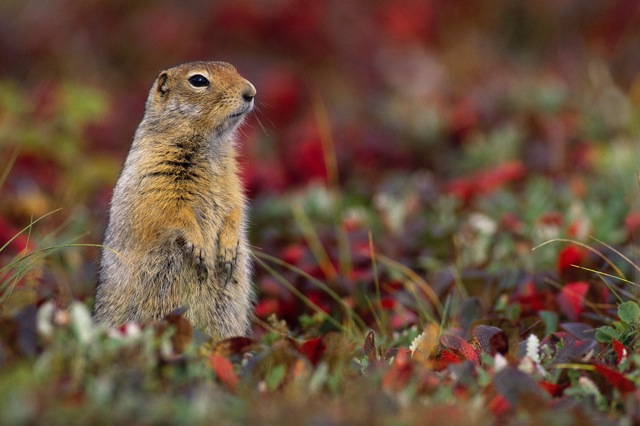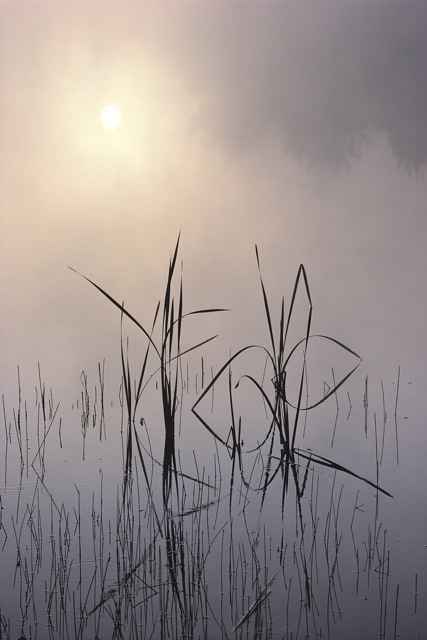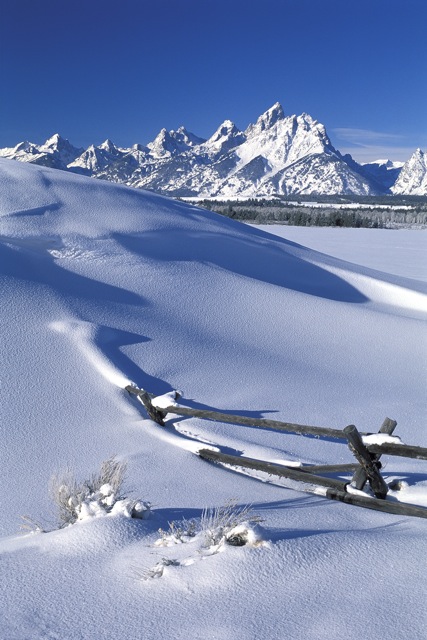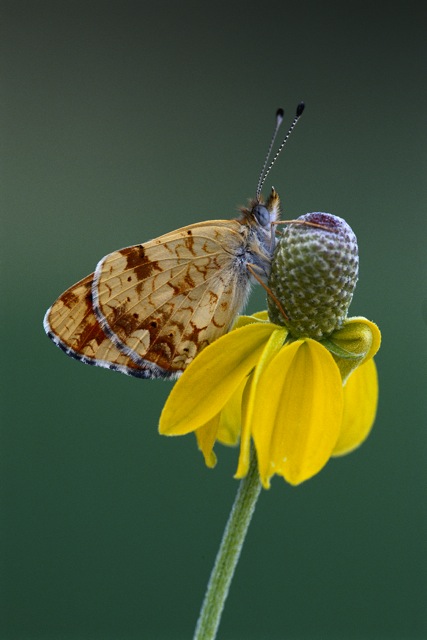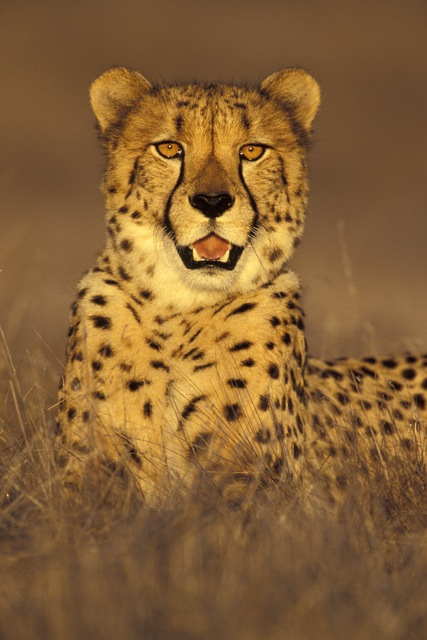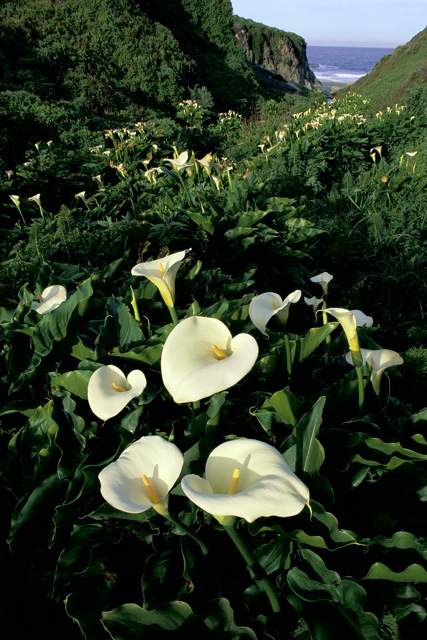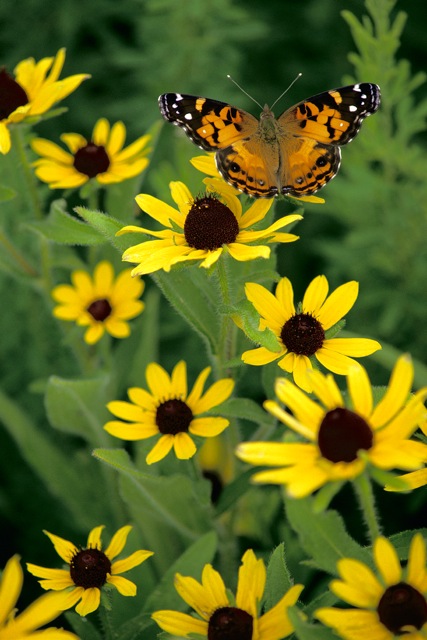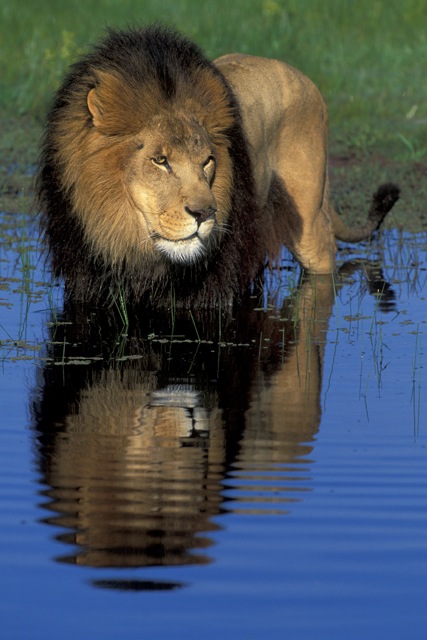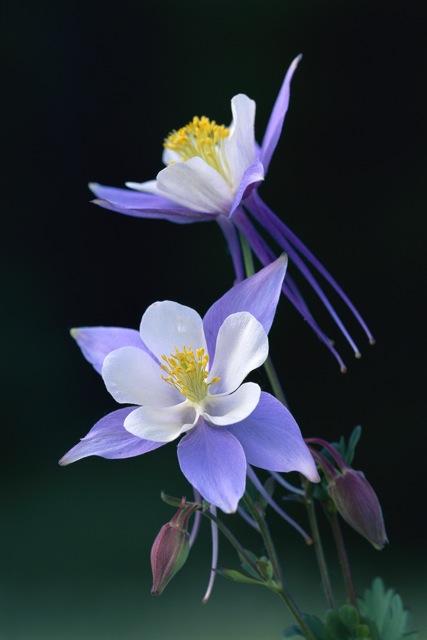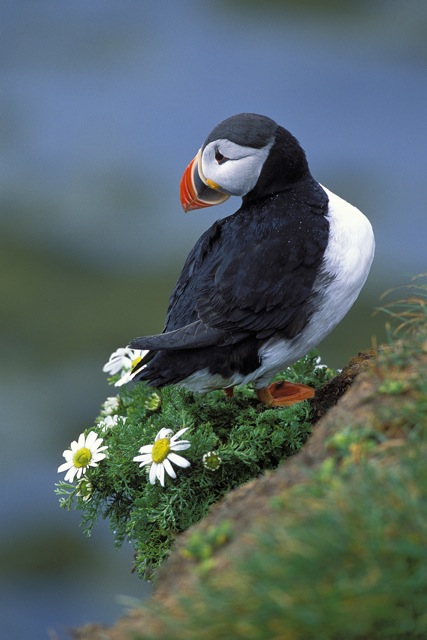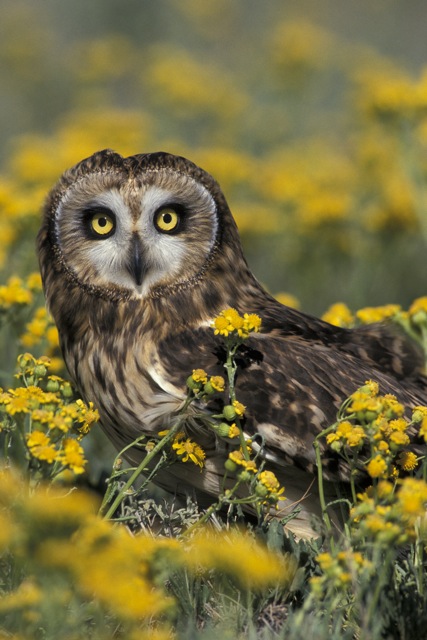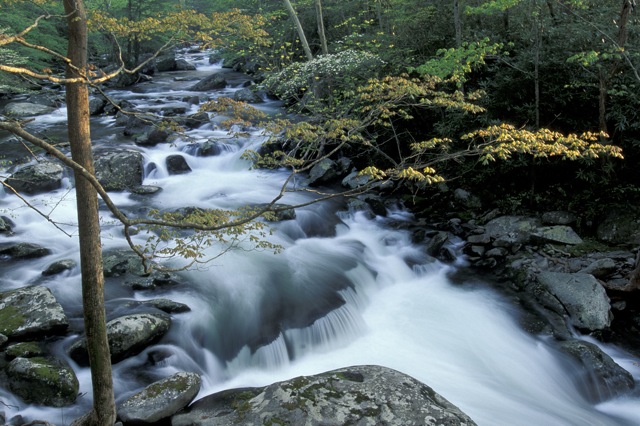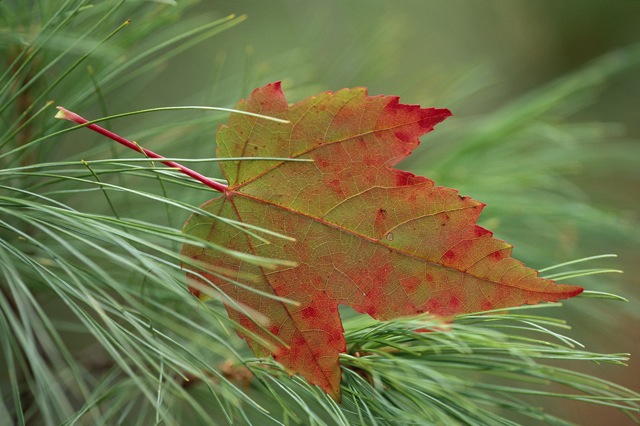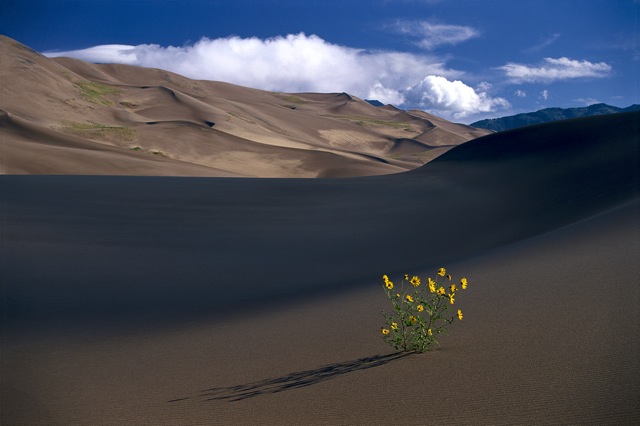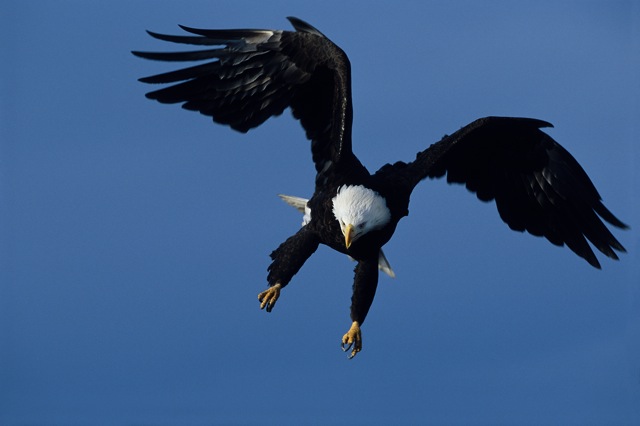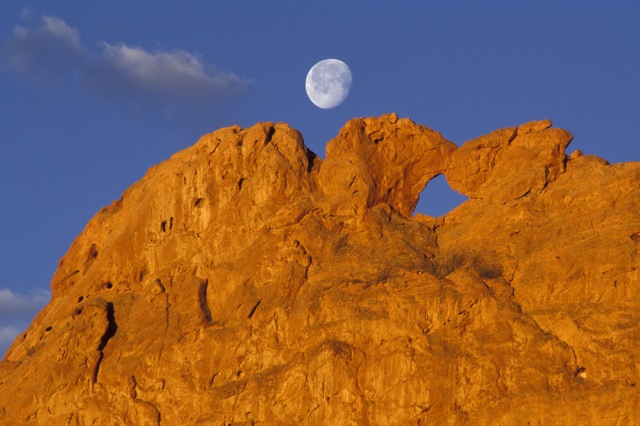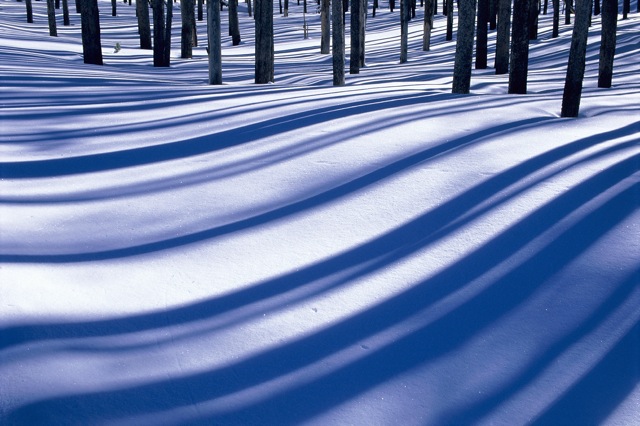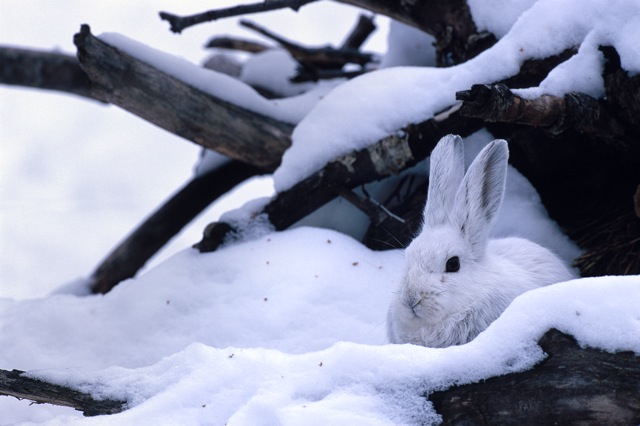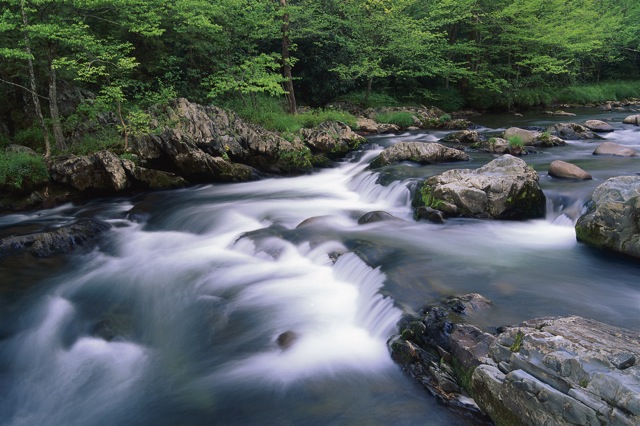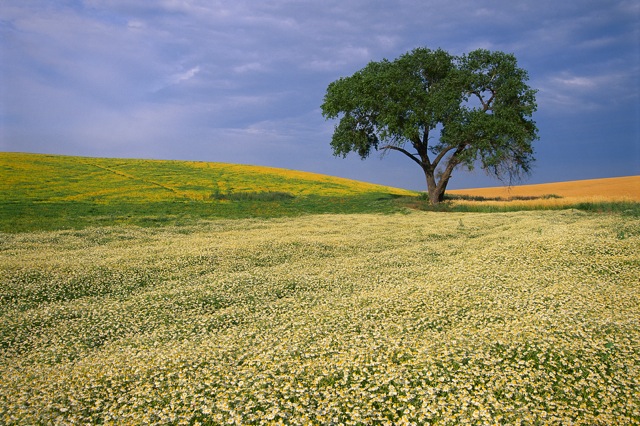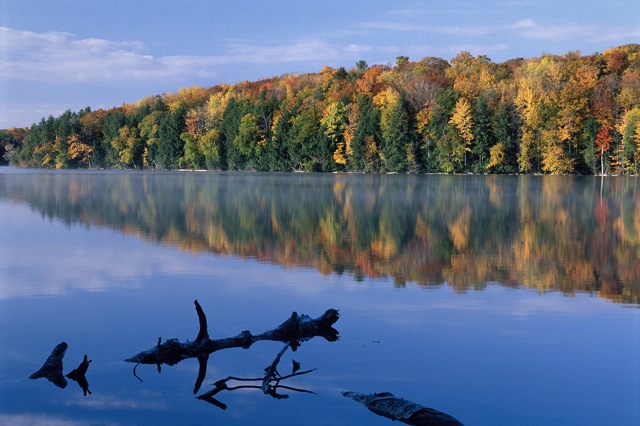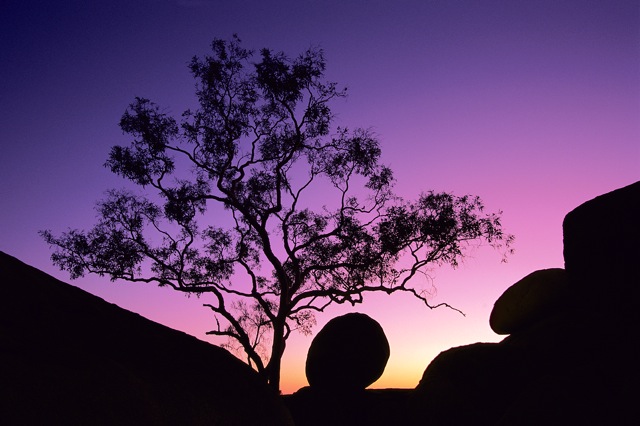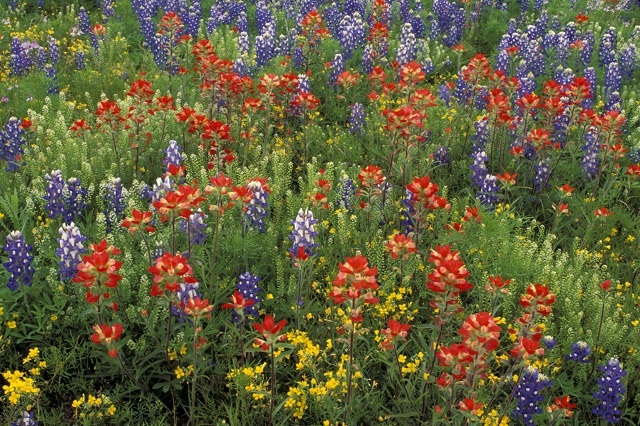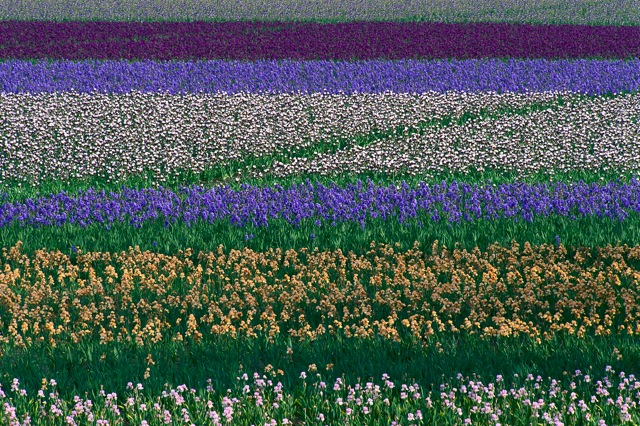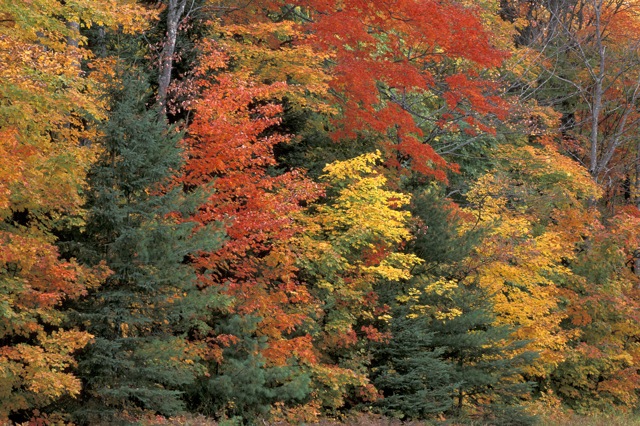John Shaw: A Photographer's Vision Simplified
John Shaw is a Nikon Legend Behind the Lens
It comes down to one word: simplify.
"The more you simplify your vision, the stronger your images will be," John Shaw says.
One of the foremost nature, outdoor and natural history photographers in the world, John is the author of six books on photography, and his photographs have appeared in, among others, National Geographic, Audubon, Smithsonian and Sierra magazines.
"A friend of mine, the photographer David Middleton, has an analogy which I shamelessly steal," John says. "David says that a bad photograph is a paragraph; a good photograph is a sentence; a great photograph is a phrase. I think there's a lot to that.
"A beginner frequently takes a wide-angle lens and tries to record the world in one shot. What he usually gets is visual chaos." To bring order to the confusion, place fewer elements in your composition. "You can train yourself to find the essential elements. Ask yourself these questions: What is it that specifically turns me on visually about this scene? What is it that excites me? What's the essence here? Now, how do I eliminate everything else? A lot of it is training, and people can learn to do it."
Not much of it is about equipment. "People think, oh, if only I had this particular lens, I'd be a better photographer. That's not it at all." The vision comes first, John suggests; then get the lens—or whatever piece of equipment—that will enable you to capture that vision.
What it is about is practice. "I gained a better sense of composition by working at it, by taking a lot of pictures." Professionals do that—they take a lot of pictures, and you might think that puts amateurs at a disadvantage. But it's the seeing that can be as important as the taking. "People don't look very often, they don't use their vision. They sort of turn it off when they put the camera down."
What John says echoes what we've heard from other photographers: You should always be seeing, whether you're holding the camera or not. Standing in line at the bank, stuck in traffic, look around, discover where the elements and the images are. Play a little game called "Where's the picture here?"
And, John says, you can learn from other people's photographs as long as you look with an open mind. "A lot of people look at pictures and their instant reaction is, I could have done that. They should be asking, how did he do that? They don't leave themselves open to learning from the photograph."
What John finds most interesting about photography is that it's two ways of looking at the world. "On one hand, you have to be the craftsman, the technician and deal with f/2.8 and 5.6 and all those other weird things. On the other hand, you have to be the poet, the artist and deal with the emotional, the impressionistic. One side without the other is total failure. We've all seen technically superb photos with no soul and many intense, personal photos that just don't communicate because there's no craftsmanship. To succeed you need both sides."
That's the essential John Shaw.
The Top Tips $
The photo gospel according to John
Use a tripod. Always. "If you want quality in your photographs," John has said, "buy a sturdy, heavy-duty tripod. There is no such thing as a lightweight sturdy tripod. Buy one that goes up to your level without extending the center post, because the minute you extend the center post you no longer have a tripod, you have a monopod with legs."
Avoid mid-day light. "It's the worst."
Go hungry. "More good photos are lost because people refuse to miss meals. They don't stay out for the gorgeous light because it's dinnertime. Rearrange your schedule, eat out of the cooler or stop for snacks before you get to the location."
Slower is better when it comes to film. Use the slowest film (hence the finest grain) you can possibly get away with.
Get closer to your subject. This holds true for everything, except wild animals.
The greater the glass, the better the photo. "Buy the best lens you can. If you have to skimp, skimp on the camera body, but not the lens—that's what takes the picture."
Line up your horizons. "Tilting horizons result in photographs where all the water in the lake should be running out the left side of the frame." Here's how to prevent that from happening: "Whichever eye you use to look through the camera, once you've set up and composed, use the other eye. It'll correct a lot of lean. Even better, take two steps back and look at the camera to make sure it's square with the world." (Skip this if your back is to a cliff edge.)
Always expect the next one to be the best one. "The way to think about photography is that the next frame you shoot will be the definitive one. Everybody takes one picture and says, 'Well, I've got it.' Take another one, and always believe that the one you haven't taken will be even better."
 |
John Shaw has been an NPS member since 1976. |


